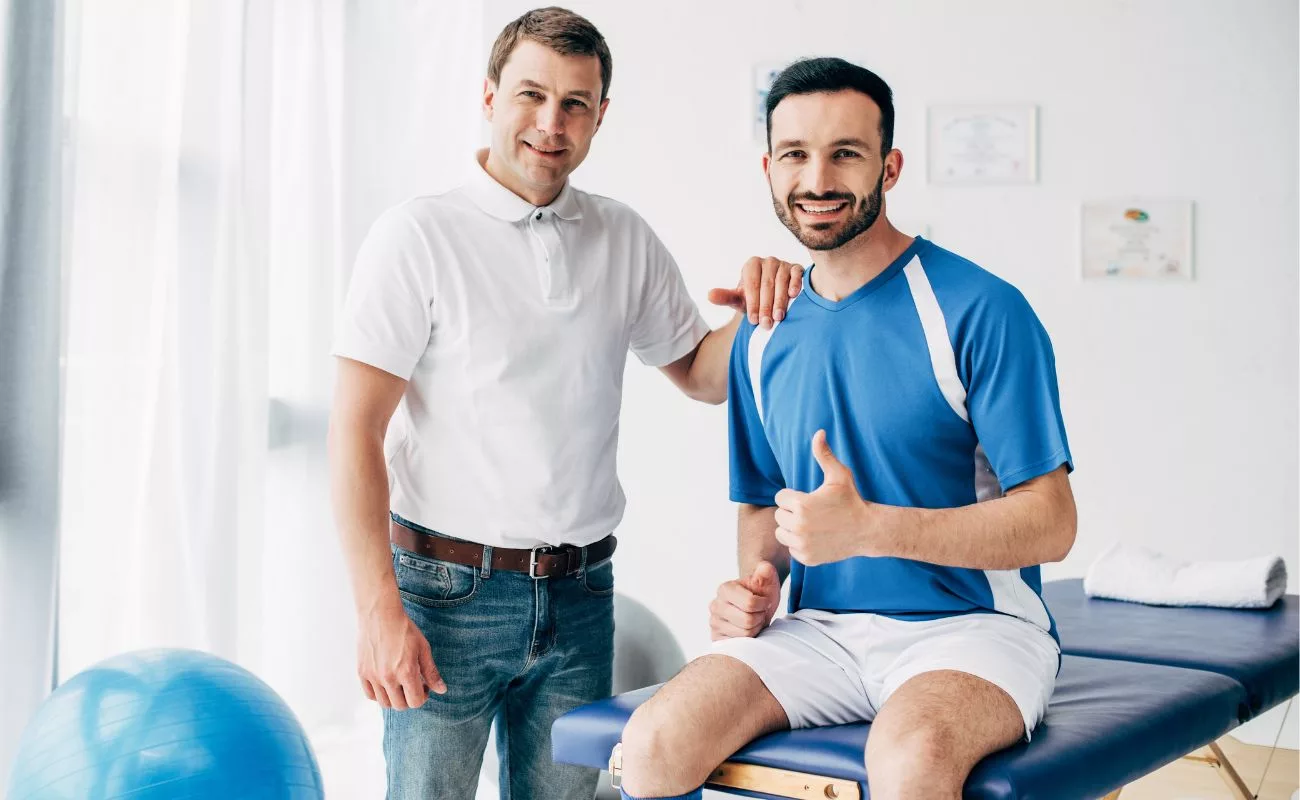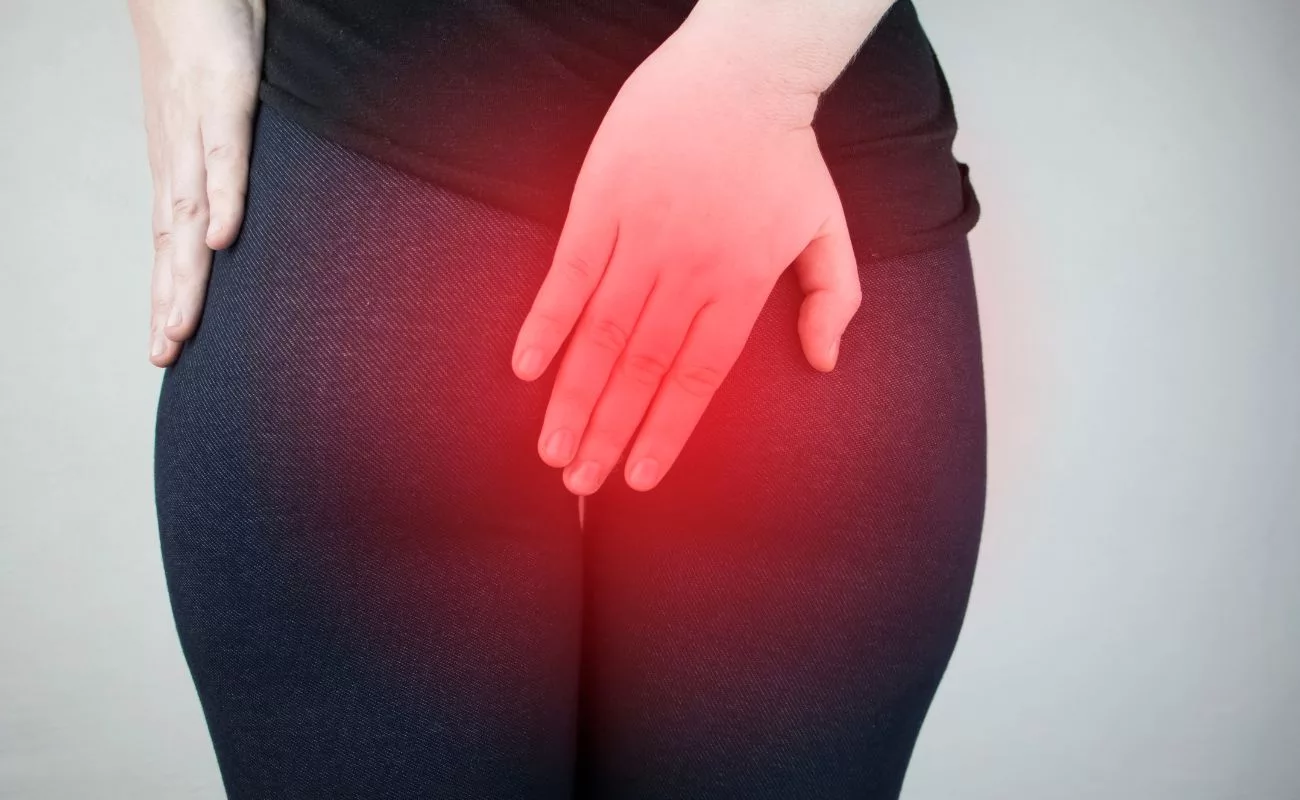
Hip Replacement Physiotherapy treatment
Introduction to Hip Joint
The hip is one of the body’s largest joints. It is a ball-and-socket joint. The socket is formed by the acetabulum, which is part of the pelvic bone. The ball is the femoral head, which is the upper end of the femur (thighbone).The bone surfaces of the ball and socket are covered with articular cartilage, a smooth tissue that cushions the ends of the bones and enables them to move easily. A thin tissue called synovial membrane surrounds the hip joint. In a healthy hip, this membrane makes a small amount of fluid that lubricates the cartilage and eliminates almost all friction during hip movement. Bands of tissue called ligaments (the hip capsule) connect the ball to the socket and provide stability to the joint. A hip replacement is a procedure where this system is surgically worked on.
Causes of Hip Pain
The most common cause of chronic hip pain and disability are Osteoarthritis, rheumatoid arthritis, and traumatic arthritis the most common forms of this disease.
- Osteoarthritis: This is an age-related “wear and tear” type of arthritis. It usually occurs in people 50 years of age and older and often in individuals with a family history of arthritis. The cartilage cushioning the bones of the hip wears away. The bones then rub against each other, causing hip pain and stiffness. Osteoarthritis may also be caused or accelerated by subtle irregularities in how the hip developed in childhood.
- Rheumatoid arthritis: This is an autoimmune disease in which the synovial membrane becomes inflamed and thickened. This chronic inflammation can damage the cartilage, leading to pain and stiffness. Rheumatoid arthritis is the most common type of a group of disorders termed “inflammatory arthritis.”
- Post-traumatic arthritis: This can follow a serious hip injury or fracture. The cartilage may become damaged and lead to hip pain and stiffness over time.
- Avascular necrosis: An injury to the hip, such as a dislocation or fracture, may limit the blood supply to the femoral head. This is called avascular necrosis (also commonly referred to as “osteonecrosis”). The lack of blood may cause the surface of the bone to collapse, and arthritis will result. Some diseases can also cause avascular necrosis.
- Childhood hip disease: Some infants and children have hip problems. Even though the problems are successfully treated during childhood, they may still cause arthritis later on in life. This happens because the hip may not grow normally, and the joint surfaces are affected.
In a total hip replacement (also called total hip arthroplasty), the damaged bone and cartilage is removed and replaced with prosthetic components which could be plastic, cemented, ceramic.
When do we need a surgery or hip replacement?
There are no absolute age or weight restrictions for total hip replacements. There are several reasons why your doctor may recommend hip replacement surgery. People who benefit from hip replacement surgery often have:
- Hip pain that limits everyday activities, such as walking or bending
- Hip pain that continues while resting, either day or night
- Stiffness in a hip that limits the ability to move or lift the leg
- Inadequate pain relief from anti-inflammatory drugs, physical therapy, or walking supports.
- When conservative treatments are unsuccessful.
Types of Hip replacements:
Hemiarthroplasty/Partial hip replacement. Total hip replacement (THR)
Complications:
- Dislocation: Certain positions can cause the ball of your new joint to become dislodged, particularly in the first few months after surgery. If the hip dislocates, your doctor may fit you with a brace to keep the hip in the correct position. If your hip keeps dislocating, surgery is often required to stabilize it.
- Change in leg length: Your surgeon takes steps to avoid the problem, but occasionally a new hip makes one leg longer or shorter than the other. Sometimes this is caused by a contracture of muscles surrounding the hip. In this case, progressively strengthening and stretching those muscles may help.
- Loosening: Although this complication is rare with newer implants, your new joint may not become solidly fixed to your bone or may loosen over time, causing pain in your hip. Surgery may be the preferred alternative to fix the problem.
- Blood clots: Clots can form in your leg veins after surgery. This can be dangerous because a piece of a clot can break off and travel to your lung, heart or rarely your brain. Your doctor may prescribe blood-thinning medications to reduce this risk.
- Infection: Infections can occur at the site of your incision and in the deeper tissue near your new hip. Most infections are treated with antibiotics, but a major infection near your prosthesis may require surgery to remove and replace the prosthesis.
- Fracture: During surgery, healthy portions of your hip joint may fracture. Sometimes the fractures are so small that they heal on their own, but larger fractures may need correction with wires, pins, and possibly a metal plate or bone grafts.
Physiotherapy Treatment for Hip replacement at Curezone Physiotherapy, Mississauga
After total hip joint replacement surgery, patients often start physical therapy immediately in avoid the complications that might arises after a prolonged period of immobilisation. Hip replacement physical therapy is extremely important in the overall outcome of any joint replacement surgery. The goals of physiotherapist at curezone physiotherapy include:
- To prevent contractures that can cause limitation of joint motion result from scarring of the tissues around the joint. Contractures do not permit full range of motion and therefore leads to a faulty joint. The technique includes manual therapy and ROM and stretching exercises.
- Improve patient education regarding do’s and don’ts.
- Strengthen muscles around the hip joint through controlled and specific exercises. Patients should not strain the hip joint with heavy lifting or other unusual activities at home.
- Gait training at different levels, pace, and surfaces.
- Proprioception and balance.
- Functional training.
Some degree of discomfort is normal. Specific techniques of body posturing, sitting, and using an elevated toilet seat can be extremely helpful. Patients should not cross the operated lower extremity across the midline of the body (not crossing the leg over the other leg) because of the risk of dislocating the replaced joint. They are discouraged from bending at the waist and are instructed to use a pillow between the legs when lying on the non-operated side in order to prevent the operated lower extremity from crossing over the midline all depending on the surgical approach and type of surgery. Patients typically follow-through home exercise programs to strengthen the muscles around the buttock and thigh and to maintain the range of motion of the joint.
Immediate Help through Physiotherapy after Hip Replacement:
Are you in lower back and hip pain on one side? Have been looking to loosen a tight hip? Or are you experiencing left hip back pain?
Are you wondering about how to relieve hip pain that has been chronic! Or may be wondering how to get the hip back in place?
Do you know how to stretch your hips? Or just how to stretch right hip? Or perhaps how to stretch tight left lower back and hip? May be wanting to learn about leg hip joint pain exercise? Or specifically outer hip stretches?
At Curezone Physiotherapy, our expert therapists are trained and experienced to improve hip strength and flexibility of muscles on back of hips. If you are in lower back hip pain and are looking for the best physiotherapy NEAR ME to learn the exercises to eliminate hip pain, look no further! We aim to be YOUR best physiotherapist in Mississauga and Oakville areas, and are here and ready to teach you the best exercises to relieve hip pain after a hip replacement surgery.
We welcome you to call us or walk in to see one of our expert physiotherapists to let us immediately start assisting you in your road to recovery.
Physiotherapy after Hip Replacement, Mississauga:
Physio Clinic Mississauga – Curezone Physiotherapy, Heartland Mississauga.
Physio Clinic Erin Mills – Curezone Physiotherapy, Erin Mills Mississauga.
Physiotherapy after Hip Replacement, Oakville:
Physio Clinic in Oakville – Curezone Physiotherapy, Burloak Oakville.




